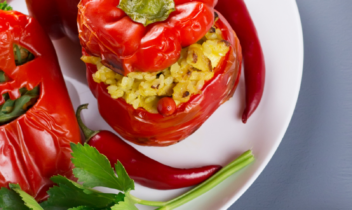Gardening Tips for March

Visit often to keep up-to-date. [Get Reminder]
See How Gardening Can Benefit Your Health

Harvest
Potatoes (all regions)
Potatoes may not be ready to harvest until April in the upper NE and UC if the winter was particularly cold.
 Mom/Dad can gently dig 12-18" and the kids can search for the fully-grown potato.
Mom/Dad can gently dig 12-18" and the kids can search for the fully-grown potato.
Prepare the Soil for Spring
Weed.
Whether the March weather is more like a ‘lion’ or a ‘lamb,’ it’s time to prepare the soil for your home garden. Begin by completely removing all remaining weeds, dead fruit/vegetable plants, debris, etc. as it’s important to start with a clean slate. If the soil is extremely moist or if there are small puddles of standing water on top of the soil, turn the soil over before tilling it.
Turn the Soil.
To turn the soil over, use a shovel to dig down into the soil 12-18 inches, rotate the shovel 180°, and place the soil in the area you just dug. This process will help the soil to dry out. Depending on the amount of rain in your geographic region, you may need to repeat this process several times prior to planting seeds/seedlings in April. Once the soil has completely dried out, it’s ready to be tilled.
Till.
The easiest approach to tilling is to rent a small tiller from your local equipment rental center. If this isn’t possible, use a shovel and garden rake and till the soil until it’s loose and airy (i.e. the soil easily falls from your hands and doesn’t form clumps).
Fertilize.
You can now mix in manure or compost as you till. Both items can be purchased from your local home and garden center. It’s also fine to use your own compost. Again, depending on the amount of rain in your geographic region, you may need to till the soil several times before planting.
Plant
Spring Onions and Radishes (NE, SE, EC, SW), Leaf Lettuce (SW, lower SE)

Harvest: Spring Onions and Radishes (NE, SE, EC, SW), Leaf Lettuce (SW, lower SE)
Plant: Fruit and Vegetable Seeds/Seedlings
[Get Reminder]
 Step 3: Planting
Step 3: Planting


